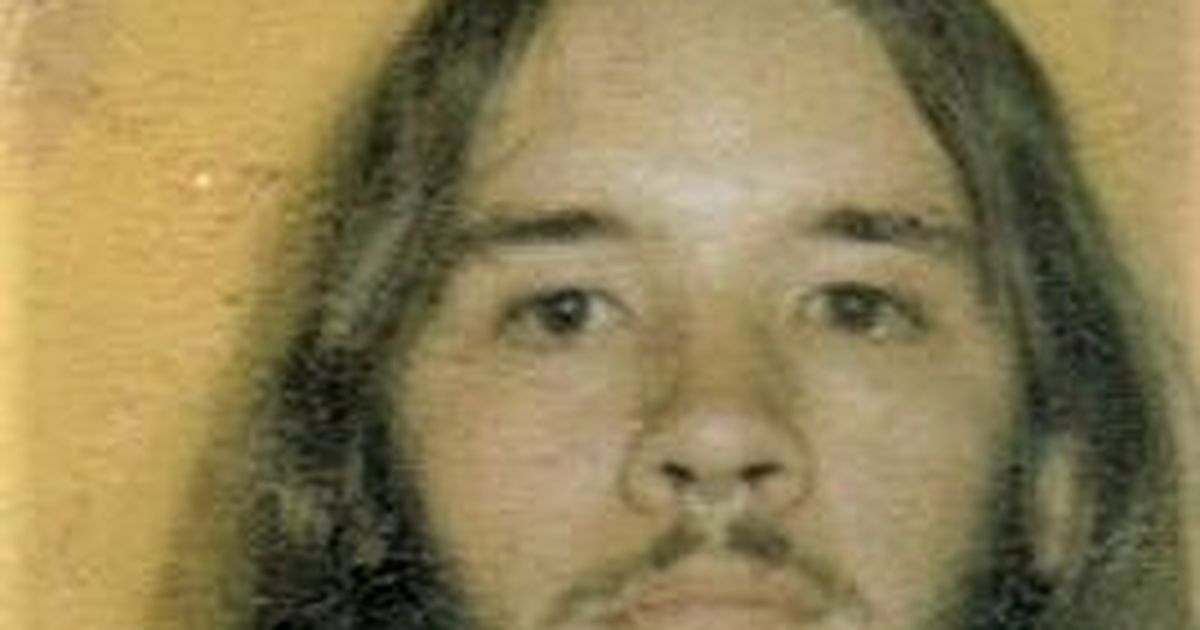
When the editors assigned me this week’s We The People Community Project story on the Selective Service, it may have been an ageist thing. I may have been the only person available who was actually subject to the draft and can remember what that was like.
Born in 1953, I was part of a generation of young men – OK, teen boys, which are admittedly not the same thing – for whom the draft hung overhead through high school. I knew students who planned to enlist right after graduation and others who had stories of how their brothers had beat the draft, including one who claimed a relative had been counseled to show up for his induction physical in women’s pink underwear. Unfortunately, I can’t remember now if that actually worked or if the person doing the induction inspection just suggested a more flattering color.
I turned 18 and went down to the local draft board office to register shortly before graduating from high school. Registering was the law, as was carrying your draft card. Proof of registration was a requirement for enrolling in college.
By then, the nation had changed the draft from a complicated system of deferments to a lottery in which each birthday was assigned a number for a possible induction.
The lottery for those born in 1952 was held that summer with inductions coming in 1972, and the next round was scheduled for the following February. I went off to college, where I was ensconced in a dorm with more than 50 fellow freshmen born the same year.
As the time for the drawing approached, tensions ramped up a bit and we decided to hold a lottery of our own. Each of us kicked in $1, with two-thirds of the pot assigned to the person who got the highest draft number and one-third to the person who got the lowest. To even it out, the person who got the highest number would have to buy a drink for the person who got the lowest, which was no small thing considering the legal drinking age was 21.
On lottery day, I was working in the newsroom of the campus radio station that broadcast to the dorms, giving regular updates of the drawing. The Selective Service had developed a random system in which they put balls numbered 1 through 365 in one drum, and balls with all the dates from Jan. 1 though Dec. 31 in another. They’d spin a number out of the first drum and a date out of the second, until all slots were filled.
We knew they wouldn’t take all the numbers, but we didn’t know what number would be the last one to get a “Greetings from the president” letter telling the receiver to report for a physical.
The numbers were chugging across the wire machine about a dozen at a time, but eventually the AP moved the entire calendar.
Someone got the bright idea to urge listeners to call if they wanted to know their number.Being the least senior person in the newsroom, I was assigned to answer the phone, look up a birthdate and relay the number to callers, who included worried girlfriends as well as prospective draftees. Eventually, I adopted the attitude of a game show host telling a contestant to “come on down!”
Sept. 16? “YOU’RE NUMBER … 225! Way to go!” Aug. 12? “YOU’RE NUMBER … 198! No sweat!” It went on like that for about a half hour.
Then someone called and asked for March 6.
“YOU’RE NUMBER … 1,” I said, not breaking out the routine fast enough to catch myself.
“Well, (bleep) you!” said the voice on the other end of the line.
“Hey, sorry,” I said. “But don’t blame me. It’s the government. You should call the White House, call your congressman, call your senator. Let them know how you feel about the draft.”
“Yeah,” the caller said. “Didn’t mean to put it all on you. It’s just, (bleep), number one.”
“It’s OK,” I said. “I know how you feel. My number got drawn today, too.”
“Oh, sorry, man. What number did you get?”
“292,” I replied.
“Well (bleep) you!” he said, and slammed down the phone.
By the time I got back to the dorm, the lottery winner and loser had been determined, and I narrowly missed collecting the bigger jackpot. The person with the lowest number, which was four, lived just across the hall. He and the winner had already left in search of the promised drink.
We didn’t know it at the time, but most of us had nothing to worry about. The numbers drawn that day were for men who could be drafted in 1973. The authority for the draft ran out in mid-1973 and Congress didn’t renew it. Although the nation drafted about 94,000 in 1971 and more than 49,000 in 1972, it only drafted 646 in 1973 as the war was increasingly turned over to the South Vietnamese army and the United States went to an all-volunteer military.
"had" - Google News
July 11, 2021 at 02:19PM
https://ift.tt/3htrg98
Spin Control: As numbers were drawn, the draft lottery had 18-year-olds on edge — including me - The Spokesman-Review
"had" - Google News
https://ift.tt/2KUBsq7
https://ift.tt/3c5pd6c
Bagikan Berita Ini














0 Response to "Spin Control: As numbers were drawn, the draft lottery had 18-year-olds on edge — including me - The Spokesman-Review"
Post a Comment